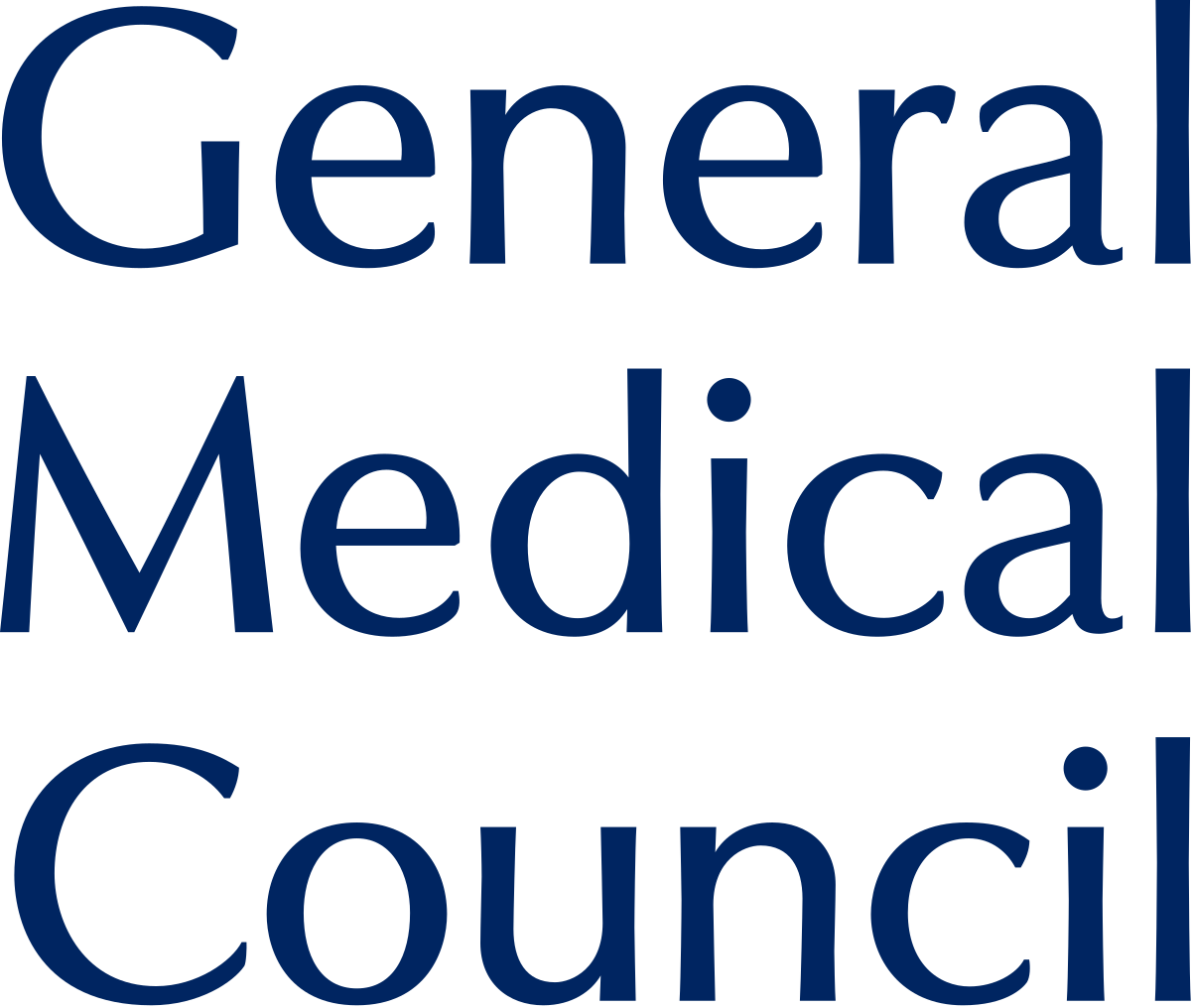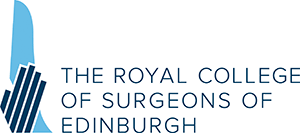Breast Reduction
Breast reduction treatment is also referred to as reduction mammaplasty
What is breast reduction treatment?
Breast reduction treatment is also referred to as reduction mammaplasty. It is a procedure which is able to remove excess fat, skin and breast tissue from the breasts. The treatment can be used for cosmetic purposes, creating a breast size and shape which is more proportionate to the body. It can also be used to ease discomfort which is the result of large breasts.
The breast reduction procedure can make it easier to participate in physical activities, and in a cosmetic sense, increase self-confidence.
Am I a good candidate for breast reduction?
Most people who opt for breast reduction surgery will feel that their breasts are too large for their liking, that their breasts have restricted them in physical activities, or experienced shoulder, neck or back pain due to the size of their breasts. In general, suitable candidates for breast reduction treatment will be physically healthy, have realistic expectations of what the procedure can achieve, and be a non-smoker.
You may not be suitable for the procedure if you are a woman who is breastfeeding or has recently stopped breastfeeding, you are suffering a systemic illness, or if you have unrealistic expectations as to what the surgery can achieve.
During the initial consultation, Mr Chummun will take a full medical history and examine you. He will assess your wishes and discuss the various treatment options. The agreed procedure will be explained.
During the surgery
The procedure is done under general anaesthetic. The type of surgical technique used will vary according to the requirements of the individual. In general, the surgeon will make an incision around each areola and down the breast. Excess fat, skin and breast tissue can then be removed to reduce the size of the breasts. The breast is then reshaped, with the areola and nipple being repositioned.
While the surgeon will try to achieve symmetry between the two breasts, there could be some variance in size and shape. The size of the areola, the darker skin around the nipple, can also be reduced in the operation. While the incision scars from the procedure won't disappear entirely, they will usually fade over time. The end result is usually smaller, better shaped and uplifted breasts that are in proportion with the rest of the body.
Recovery from breast reduction
At the end of surgery, the incisions on your breasts will be covered with an adhesive dressing and dressing gauze. A thin tube (catheter) may be placed in both breasts to drain any excess fluid or blood. You will be prescribed antibiotics to decrease your risk of infection, and painkillers to ease any discomfort.
It is normal for your breasts to feel sensitive and sore in the days following the procedure. A degree of bruising and swelling is also common, and your surgeon will fit you with a supportive bra in order to protect your breasts. While you are encouraged to remain mobile, you will be required to restrict your strenuous physical activities for six weeks in order to let the wounds heal. You will have a follow-up appointment with your surgeon, allowing them to monitor the progress of your recovery.
Get in touch
If you have any queries or would like to book an appointment, please use the contact form or get in touch via call or email.








